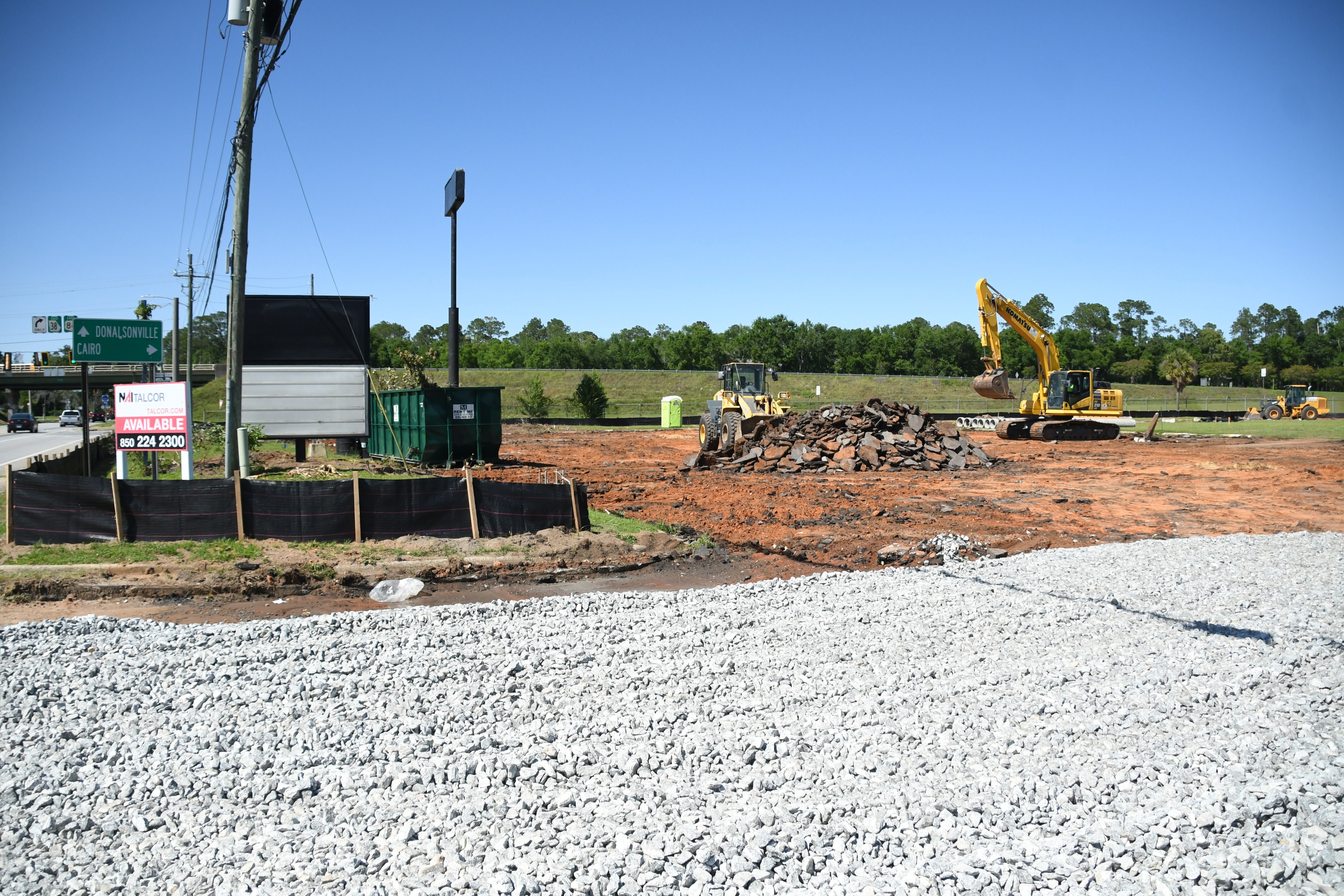Growth within the church
Published 12:47 pm Friday, April 24, 2009
Scripture: Acts 9:20-43
Aim: To help the pupil understand the rapid growth of the Church of Jesus Christ.
Golden Text: “Then had the churches rest throughout all Judea and Galilee and Samaria, and were edified; and walking in the fear of the holy Ghost, were multiplied” (Acts 9:31).
At Pentecost (Acts 2) more than 3,000 persons were converted to Christ. A few days later more than 4,000 were added to the Church. In a matter of days, there were probably more than 10,000 members added to the Church.
This caused the opposition of the Jews to heighten against the body of Christians.
Saul of Tarsus, a Pharisee, held the clothes of men who stoned one of the first deacons, Stephen, to death (Acts 7). He determined to put a stop to the Christian movement. He became powerful in arresting and jailing Christians. He was becoming so successful that the body of believers begin to fear for their personal safety and welfare. The leaders of the Jews gave Saul permission to capture and bring back to Jerusalem any who were members of the Jesus movement (Acts 9:1-3).
On the road that led to Damascus, the Lord Jesus appeared to Saul (Acts 9:3-7). Jesus sent Saul into the city with instructions that he would be told there what he should do (Acts 9:6-9). Saul was blinded by the brightness of Christ’s visit. He did not eat or drink for three days (vs. 9).
The Lord sent Ananias, a disciple, to visit Saul (Acts 9:10-17). Ananias was instructed that Saul was a chosen vessel for the Lord and would “bear my name before the Gentiles, and kings, and the children of Israel” (vs. 15-16).
Ananias visited Saul, lay hands on him. Saul’s sight was returned, and he was immediately baptized (vs. 17-18). He began to preach the Gospel a few days later (Acts 9:20-22). The Jews tried to kill him. Saul had to flee for his life (Acts 9:23-25).
Saul returned to Jerusalem. Barnabas introduced him to the Christians. Saul spoke boldly in the name of Christ. Some folks wanted to kill him there in Jerusalem. The Christians sent him away for safety’s sake (Acts 9:26-30).
With Saul not on the scene, the persecution died down for the time being, and the churches had peace. (9:31). The churches were edified and walked in the fear of the Lord. They had the comfort of the Holy Spirit. Under such conditions the church continued to grow.
I. Peter traveled to Lydda where he healed a man sick of palsy (Acts 9:32-35). The man had been sick for eight years. Upon his healing, many saw him and became believers in Christ (vs. 35).
II. A delegation from Joppa came to bring Peter because a disciple named Dorcas had died (Acts 9:36-43). When Peter arrived he asked all to leave the chamber where the body lay (vs. 39-40). Peter kneeled down and prayed. Then turning to the dead Dorcas he said, “Tabitha, arise.” And she opened eyes and sat up (vs. 40). Peter helped her up and presented her alive to the people who loved her dearly (vs. 41).
“And it was known through out all Jappa; and many believed in the Lord” (vs. 42). Peter tarried there many days (vs. 43).
Many thousands had been converted to faith in Christ by this time. The witness of the disciples and the apostles was powerful because of the working of the Holy Spirit. The believers gave out the message of Christ faithfully, and the Holy Spirit brought people to conviction and conversion.
That is the method, which the churches today ought to follow. Trust in the Lord. Witness for the Lord. Pray and trust God the Holy Spirit to do the work of regeneration in the individual people. Thus many will be added to the churches today.
Conversion depends on the work of God, not men! Christians give out the Gospel. God saves the sinners!



